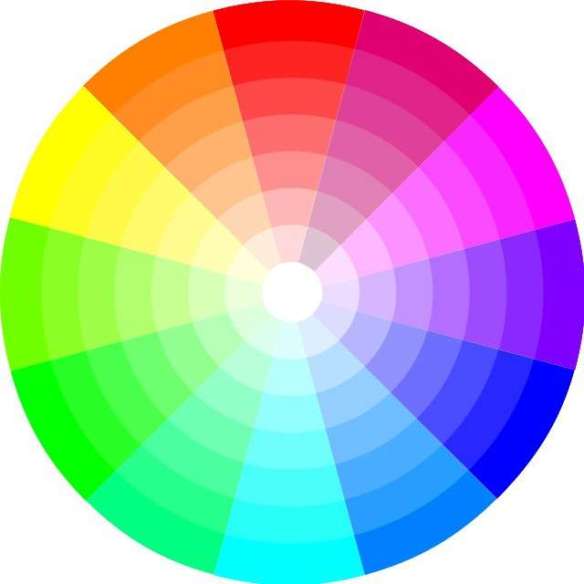
The most visible color from distance
Share
Color travels in waves that are loosely divided into three lengths: short, medium, and long. Some colors are easier to see than others because they travel at different wavelengths, but the amount of light also plays a role. Green, on the other hand, is the most visible color from a distance.

Cones, which contain photo-pigments, are three types of photoreceptor cells in our eyes that are designed to sense wavelength of light. The cones work together to communicate the colors we see to the brain. Green light is the easiest for our eyes to detect during the day, followed by yellow and blue.

This is one of the reasons why traffic lights are green. Red is also used in traffic lights because it stands out against all of the green in nature, despite the fact that it is the least visible color from a distance.

Along with cones, photoreceptor cells known as rods assist the eye in seeing in low-light conditions. When it gets dark, yellow becomes the most visible color from a distance. This is why many fire trucks are now yellow rather than red, as well as many taxis.

